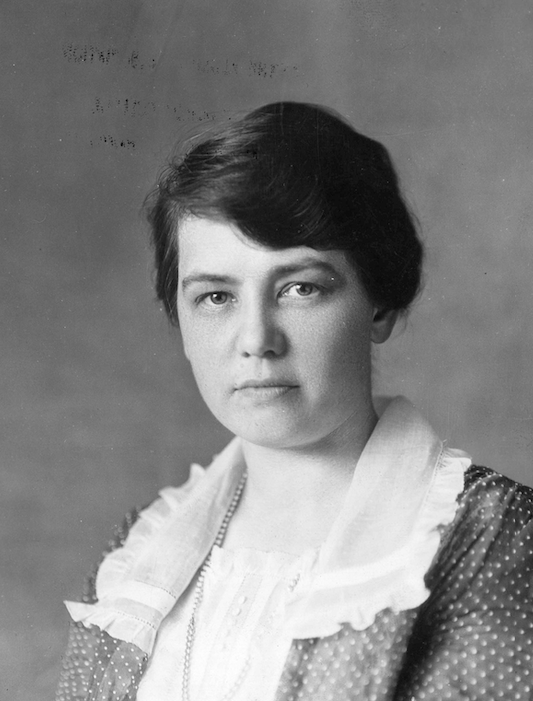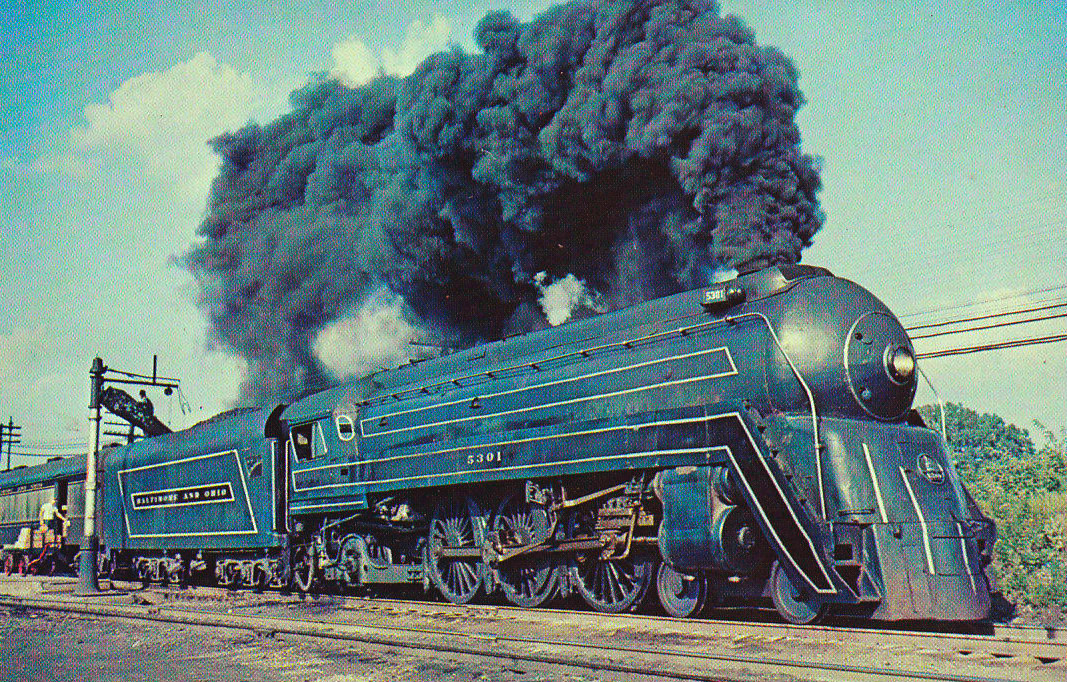
Next time you recline your airplane seat or the bus driver dims the lights at night, you have Olive Dennis to thank. As one of the first female civil engineers in the United States, she pioneered comfortable passenger rail travel with her innovations that were then adopted by buses and airplanes. She “took the pain out of the train,” as The Baltimore Sun put it (Ref. 1). In celebration of her birthday, let’s explore her early life, innovations, and legacy.
A Knack for Engineering from a Young Age
Olive Wetzel Dennis was born on November 20, 1885, in Thurlow, Pennsylvania; however, after she was born, her family soon moved to Baltimore, Maryland. Dennis had a knack for engineering from a young age: when she was just 10 years old, she built a model streetcar for her younger brother with a tool kit that her father gave her. In 1908, she graduated with a bachelor’s degree from Goucher College — then called the Women’s College of Baltimore. The following year, she received a master’s degree in mathematics from Columbia University.
After graduating, Dennis worked as a math teacher at a school in Washington, D.C., for 10 years, before feeling compelled to return to her childhood interest of engineering. In 1920, Dennis became the second woman to graduate with a civil engineering degree from Cornell University, completing the curriculum in one year.

A portrait of Olive Dennis that appeared in the Goucher College Yearbook in 1908. Licensed in the public domain via Wikimedia Commons. Original photograph in the Goucher College Library Special Collections.
Designing Passenger Cars with Comfort at the Forefront
The B&O (Baltimore and Ohio) Railroad was the first common carrier railroad in the U.S., known for running prestigious passenger trains and being the first railroad company to operate steam locomotives in 1929. It covered territory primarily from Maryland to Ohio, and was built to make trade across the Appalachian Mountains easier.
Dennis was originally hired by the B&O Railroad as a draftsman to design bridges, but quickly got asked to become an “engineer of service” to help upgrade the passenger cars. She rode many miles on the B&O rail lines, as well as on competitor lines, thoroughly experiencing life as a passenger and observing where there was room for improvement. It’s reported that she would ride a B&O train all the way from Baltimore to Ohio, then get right back on and ride all the way back.
Dennis was instrumental in designing features that eventually became standard on passenger trains, such as:
- Reclining seats
- Stain-resistant upholstery
- Ceiling lights that could be dimmed at night
- Larger dressing rooms
- Shorter seats so passengers’ feet wouldn’t dangle
- Cribs for babies on board
- A simplified timetable
- China for the dining car with imagery of scenic locations and historic trains
One of her most significant contributions that she invented and held the patent for is the Dennis ventilator — individual window vents that allowed passengers to control their windows to get fresh air. This invention led to the development of air conditioning in passenger cars in the 1930s. She spent a significant amount of time asking passengers what improvements they’d like to see, taking note of what added to the enjoyment of a ride and what detracted from it. Over time, other rail companies, buses, and airlines had to make similar upgrades in order to compete with the enjoyable travel experience of a train.
Later in her career, B&O Railroads asked Dennis to design an entire train that incorporated all of her innovations and changes. This train was dubbed the Cincinnatian, which ran between Detroit, Michigan, and Cincinnati, Ohio, from 1947 to 1971. She completely rebuilt older trains to develop the Cincinnatian. Pacific locomotives were rebuilt with roller bearings on all axles and larger six-axle tenders, or coal cars. Old, heavyweight passenger cars were rebuilt as streamliners, or high-speed trains with a streamlined shape.

Postcard photo of the B&O Railroad’s train the Cincinnatian, taken in 1956 by Don Wood and later used in a postcard. The photograph captures the train when it was a streamlined steam locomotive, before being converted to a diesel locomotive. Licensed in the public domain via Wikimedia Commons.
Dennis’ Legacy
Although Dennis’ legacy lives on through her innovations that are still present in modern-day trains, airplanes, and buses, much of Dennis’ legacy goes unknown outside of the railroad world. She signed her patents over to the B&O Railroad and her name does not appear with the Cincinnatian publicity materials. In 1940, Dennis was named as one of America’s “100 Outstanding Career Women” by the Women’s Centennial Congress, and she was the first woman admitted to the American Railway Engineering Association. She also served as a consultant for the federal Office of Defense Transportation during WWII. She worked for the B&O Railroad until her retirement in 1951.
Let’s honor Olive Dennis and her developments within railway travel and wish her a happy birthday!
Further Reading
- Learn more about Dennis’s life and inventions here:
- Learn about the life and work of other inventors and engineers on the COMSOL Blog:
- Beulah Louise Henry, whose inventions improved sewing machines, typewriters, and toys
- Charles F. Bush, who invented the first electric street light and other early electric technology
- Angelo Moriondo, who built the first espresso machine
Reference
- She took the pain out of the train. (1997, November 23). The Baltimore Sun, p. 147. https://www.newspapers.com/newspage/172892260/



Comments (0)